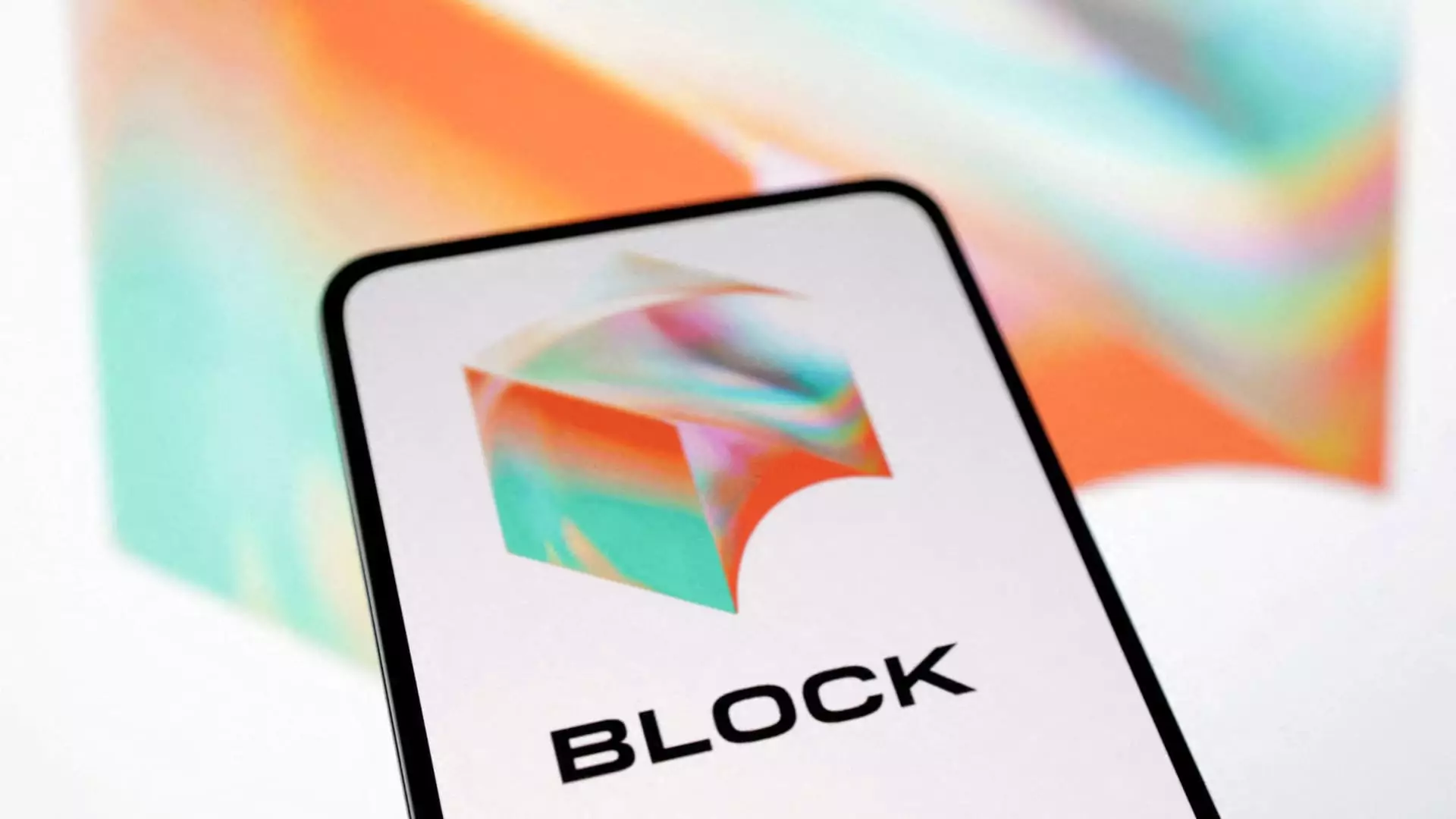In the world of financial technology, Block, formerly recognized as Square, remains a significant player. Recently, the company released its third-quarter earnings, which sparked varied reactions in the market. While the reported revenue fell short of Wall Street’s expectations, underlying profitability metrics painted a more optimistic picture of the company’s financial health and future trajectory.
Block reported earnings per share of 88 cents, surpassing analysts’ expectations of 87 cents. However, revenue figures told a different story, with the company reporting $5.98 billion against a forecast of $6.24 billion. Despite the revenue miss, a focal point of the conversation hinged upon gross profit, which reached an impressive $2.25 billion—representing a 19% increase compared to the previous year. This rise in gross profit showcases Block’s ability to generate income from its core operations, even amid fluctuating revenue streams.
Amrita Ahuja, Block’s finance chief, emphasized the importance analysts placed on profitability over sheer revenue, arguing that focusing on gross profit illustrates the company’s resiliency and capacity for growth. The confidence investors displayed in these profitability metrics allowed Block’s stock to recover most of its after-hours sell-off, revealing a nuanced market perception that values sustainable financial strategies over quarter-to-quarter revenue fluctuations.
Performance Breakdown of Cash App and Payment Volumes
A significant contributor to Block’s profitability is its Cash App, which realized a gross profit of $1.31 billion during the quarter, marking a substantial 21% year-over-year increase. This increase in profitability closely correlates with the Cash App’s rising user base, which has now exceeded 24 million monthly active users—a commendable 11% increase from the previous year. Such growth in the user base reveals the effectiveness of Block’s strategies in engaging consumers and reinforcing the Cash App as a pivotal financial tool for everyday users.
However, gross payment volume statistics were less favorable, coming in at $62.4 billion and missing expectations of $64.3 billion. This discrepancy highlights potential challenges in maintaining transaction velocity, posing questions about user engagement and competition in the mobile payment sector. Even with improvements in operational efficiencies, it is crucial for Block to identify and address the underlying issues that may impact future transaction volumes.
Looking forward, Block is heavily investing in its lending products. CEO Jack Dorsey dedicated his quarterly letter to expanding on the benefits of these lending solutions, including Square Loans, Afterpay’s Buy Now Pay Later (BNPL) options, and Cash App Borrow functionalities. The acquisition of Afterpay for $29 billion in 2021 underscores Block’s commitment to establishing a significant presence in the BNPL market, an area experiencing rapid growth.
The company is leveraging artificial intelligence to streamline its lending processes, enabling faster and smarter decision-making in underwriting consumers and small businesses. Ahuja highlighted the effectiveness of this technology in maintaining low loss rates: approximately 1% for BNPL, 3% for Cash App Borrow, and 4% for Square Loans. These figures indicate that Block’s risk management strategies are working efficiently, a crucial factor when it comes to scaling these products for future revenue growth.
In a bid to optimize costs and resources, Block is making strategic cuts to its investments, including scaling back involvement in Tidal, the music-streaming platform, and winding down projects related to Bitcoin through its TBD arm. Layoffs earlier this year further signal a shift toward a leaner operational setup as the company seeks to hone its focus on core revenue-generating activities.
The decision to concentrate on making Bitcoin more accessible via Cash App suggests that, despite cutting back on significant investments, Block continues to see value in cryptocurrency offerings. With 8,300 bitcoins valued approximately at $630 million still on its balance sheet, the company aims to navigate the volatile but potentially valuable landscape of digital currencies.
Block’s third-quarter earnings report illustrates a mix of triumphs and challenges. While revenue figures might not have met expectations, the company’s emphasis on profitability, user growth in Cash App, and innovative lending strategies showcases a forward-thinking approach. As Block continues to evolve in a highly competitive landscape, its ability to adapt and thrive will be critical in maintaining investor confidence and driving future growth.


Leave a Reply